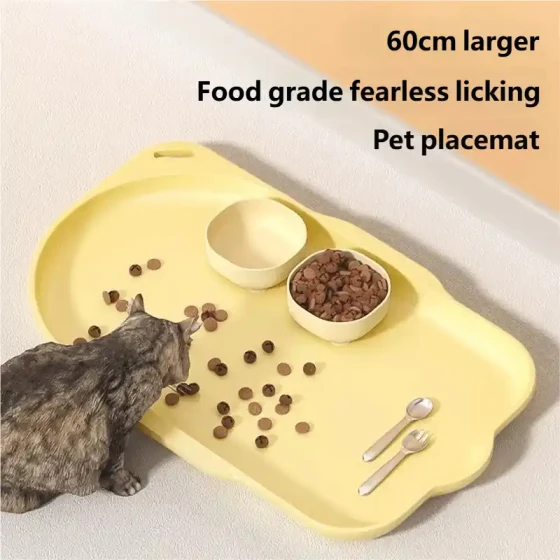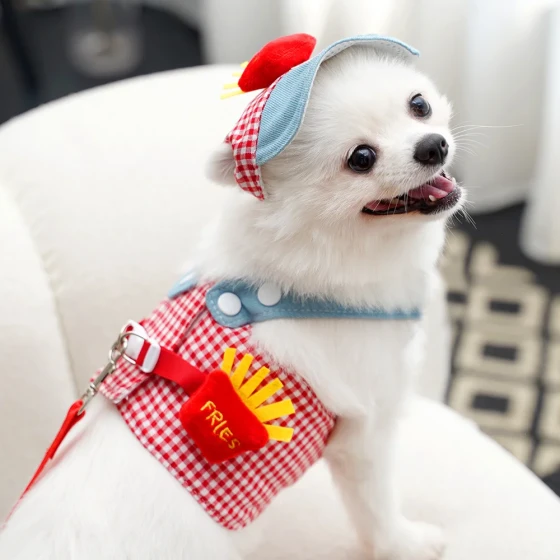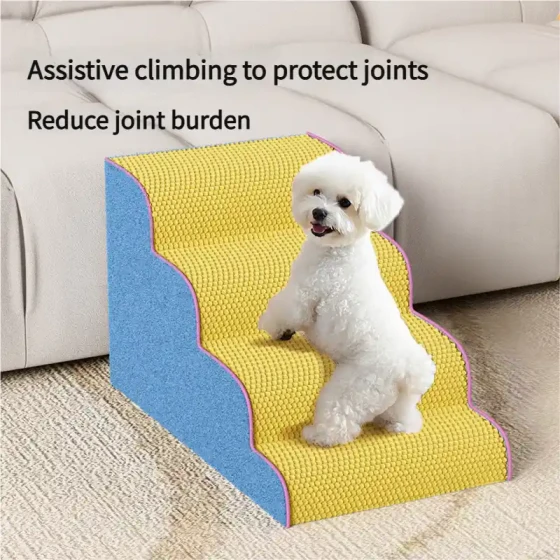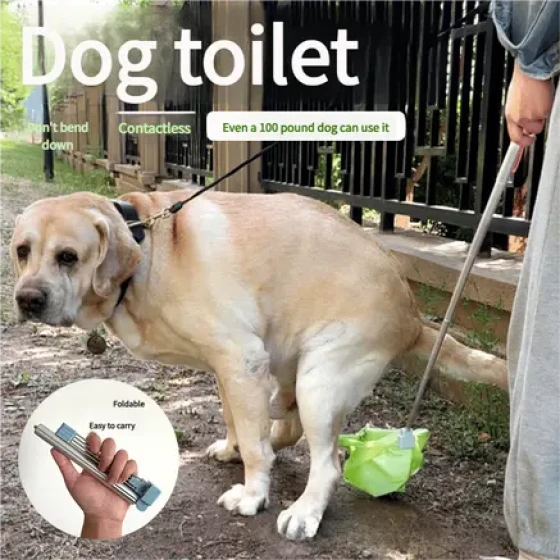What is the standard of the Husky
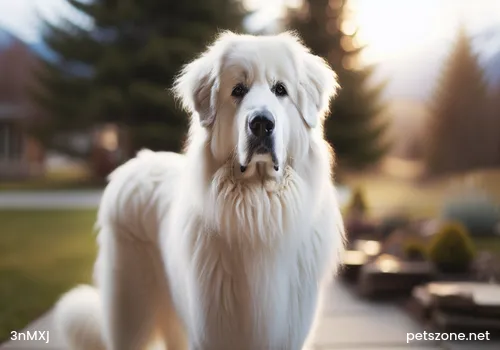
What we commonly know as the three fires of the Husky is actually not a comprehensive standard for young Huskies. The so-called three fires are simply hype created by dog dealers. A good Husky cannot be judged solely by the three fires. Below is an introduction to the Husky AKC standard.
The Husky is a medium-sized working dog, moving quickly with light and elegant steps. Its sturdy body with abundant coat, erect ears, and brush-like tail reflect its northern lineage. Its gait should be calm and light, demonstrating its original purpose—to transport light loads over long distances.
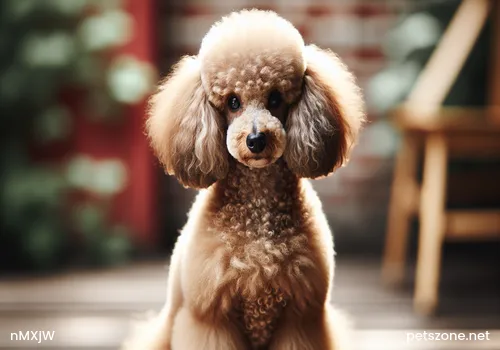
Three Fires Husky
Its body proportions should reflect its balanced needs for power, speed, and endurance. Male Huskies should be strong but not coarse; female Huskies should be docile yet structurally not weak. Under normal circumstances, we do not let them carry overweight loads.
Size, Proportion, Essence
Shoulder height: Male 53~60 cm; Female 51~56 cm;
Weight: Male 20~27 kg; Female 16~23 kg; height and weight must be proportional, body length (from shoulder to tail base) should be slightly longer than shoulder height
Disqualification: Any deviation exceeding or below the standard by half an inch (1.27CM) is disqualified. Male dogs taller than 23.5 inches; females taller than 22 inches.(The minimum height range mentioned does not apply to dogs younger than 12 months old.)
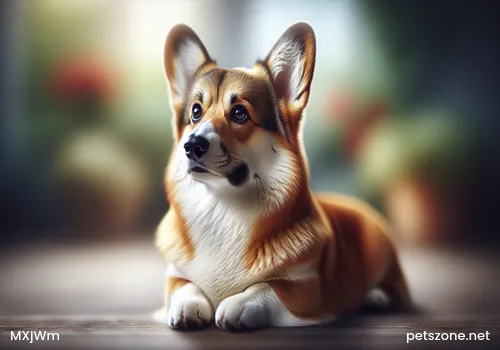
Proportions
Head
Appears very alert but friendly, interested in everything, even playful. Eyes are almond-shaped, moderately spaced, slightly slanted. Eye colors can be brown, blue, or even heterochromatic which are all acceptable. The head size is moderate and proportional to the body, the crown of the head is slightly rounded, flattening gradually from the widest part toward the eyes.
Ears are medium-sized, triangular, standing erect on top of the head. Ears should be thick with abundant hair, arched at the back, very strong and erect, with tips blunt rather than sharp.
Muzzle: The distance from the stop (the nose bridge between the eyes) to the nose tip (muzzle) must equal the distance from the stop to the occiput. Width is moderate, tapering toward the nose, neither completely square nor pointed.
Nose: Gray coat colors have black noses; red coat colors have liver-colored noses; white coats have flesh-colored noses. Snow noses are acceptable.
Teeth should be very strong, with a scissor bite; the lower teeth slightly set back but contact the inner edge of the upper teeth. Level bite is allowed but not preferred. Poor occlusion or overbite/underbite is a serious fault. The ideal is a complete set of teeth; missing molars or premolars is a major fault.
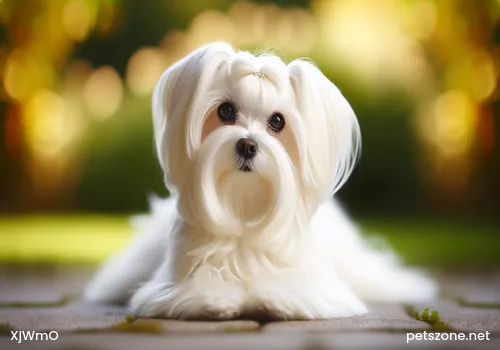
Head
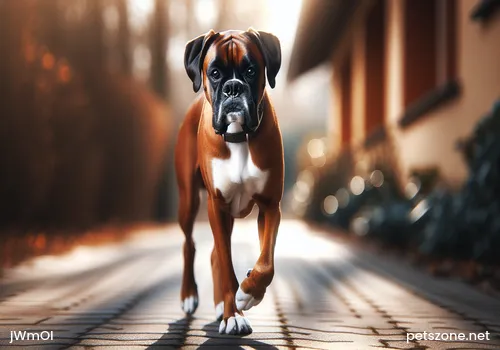
Eyes
Neck
Medium length, standing erect with head held high and chest out, strong shoulder carriage with moderate neck arch. When trotting, the neck drives the head forward.
Chest
Deep and strong but not too wide; the deepest part of the chest reaches approximately to the elbow joint. Ribs protrude from the spine and flatten out on both sides allowing free movement.
Back
The topline is straight and strong from shoulders to hips, medium length, not slack or too long.
Loins
Should be firm, narrower than ribs, and slightly tucked upward.Hips: Should incline downward from the spine at an angle, not right angled.
Tail
The tail is brush-shaped, like a fox’s tail, positioned just below the topline. When the dog is focused, the tail curls into an elegant sickle shape. When raised, the tail must not curl to either side of the body or fall onto the back. At rest, it is mop-like; the fur is medium length, uniform from base through middle to tip, resembling a rounded brush.
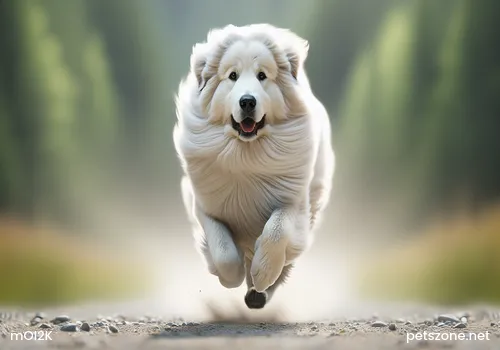
Tail
Forequarters
Shoulders: Should have good angulation, upper arm slanting from shoulder to elbow, absolutely not perpendicular to the ground. Muscles and ligaments tightly surround the shoulders and sternum for proper development.
Forelegs: When standing and viewed from the front, legs must be parallel with appropriate width, standing straight. Elbows close to the body, never turned out or in. Viewed from the side, pasterns slightly slanted, strong, and elastic. Bone density is important but must not be too coarse. Height from elbow to the ground should exceed the distance from elbow to shoulder. Dewclaws may be removed.
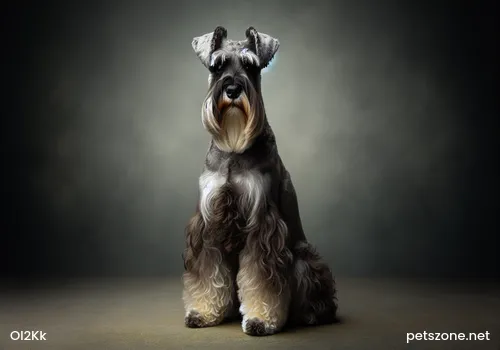
Forelegs
Feet are oval and sturdy, not too long. Paw size is medium, with dense hair between toes. Paw pads are very firm and thick. When the dog is in normal posture, paws should neither turn out nor in.
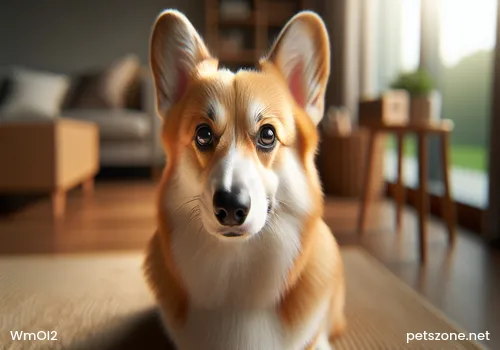
Feet
Hindquarters
When viewed from behind with the dog standing, the rear legs are parallel with an appropriate distance between them. Upper thighs are muscular and strong. Ideal balanced drive and traction are achieved through angles of the stifle and hock joints.
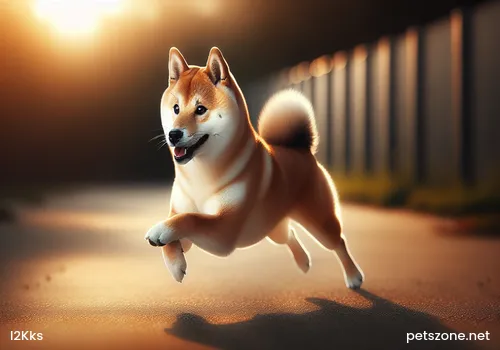
Hind Drive
